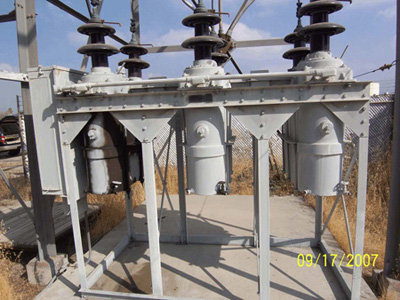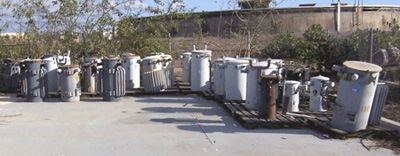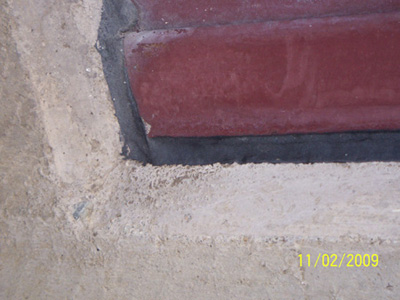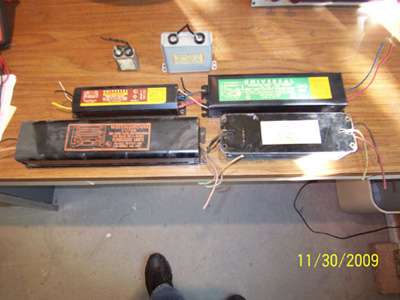
PCBs (Electrical & Caulk)
We enjoy helping you stay out of trouble and conserve your time and money. We have successfully done so at thousands of properties, and appreciate the opportunity to assist you.
Polychlorinated Biphenyls (PCBs) were used in electrical devices such as fluorescent lamp ballasts, transformers, capacitors, circuit breakers, and switches which can release PCBs when they fail or when they are broken open, and in caulk until they were banned in 1979. Handling, storage, and disposal are highly regulated.
On September 25, 2009, the US EPA announced steps that building owners and school administrators should take to reduce exposure to PCBs that may be found in caulk in buildings constructed or renovated between 1950 and 1978. Newspapers are running stories on this topic. Lawsuits have been filed, primarily in the northeast states, where the concern with caulk at schools has been spreading. PCB caulk may be around windows and doors, in joints in brick, stone, and concrete exteriors, and at flashing between dissimilar materials.
We perform PCB surveys / inspections to determine which materials in a building or at a property contain PCBs, develop sensible project designs or work plans to minimize the time and expense required to manage or remove PCB-containing materials, assist our clients in hiring abatement contractors who do good work at good prices, then monitor and document the work to reduce liability and keep the work on schedule.
You do not need to waste your time and money finding and retaining multiple consultants to deal with PCBs and other issues, as provide all of the other related environmental consulting services you may need.
High Voltage Circuit Breakers

Transformers

Caulk

Pre-1979 Fluorescent Light Ballasts and Small Capacitors

